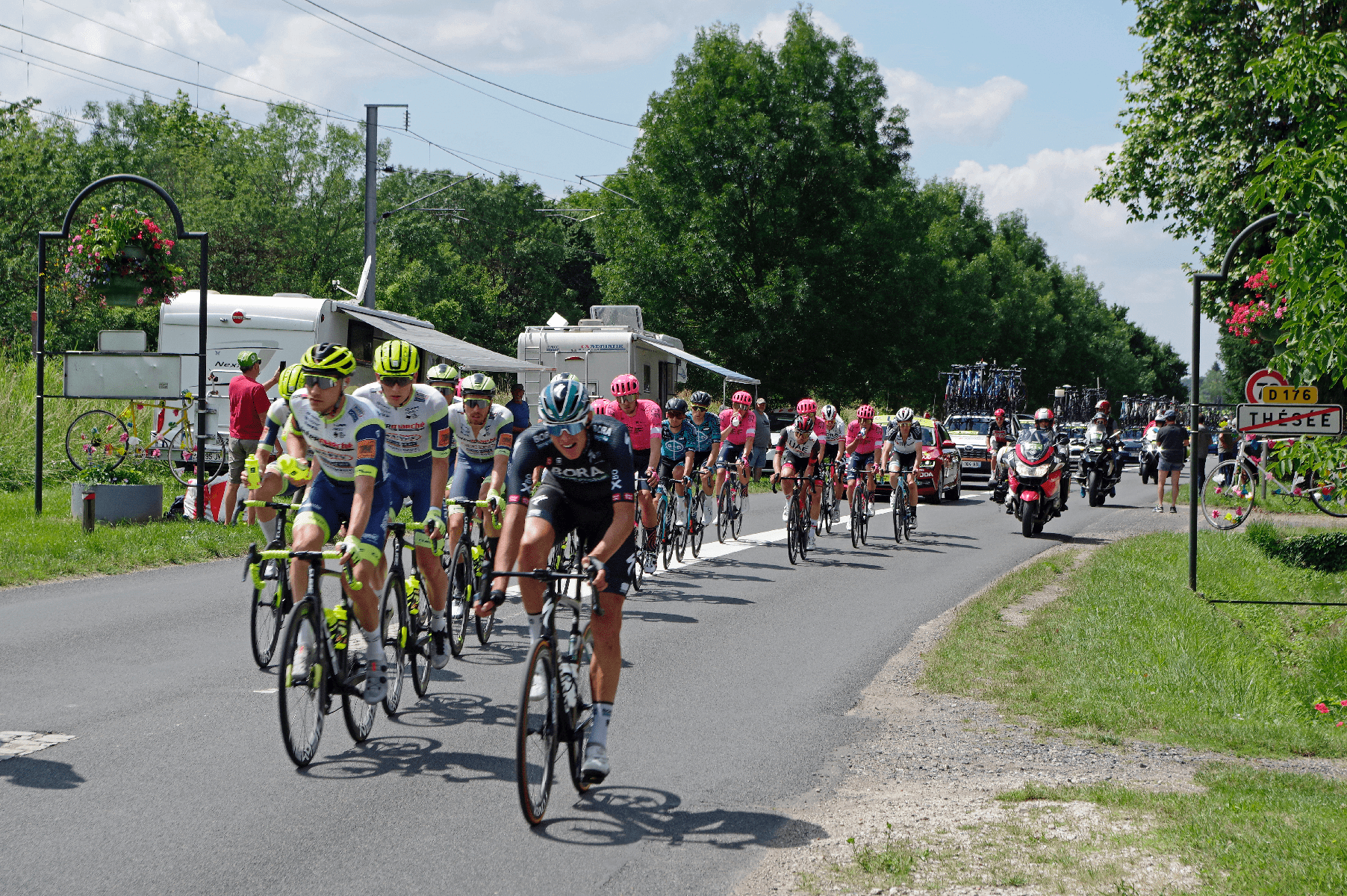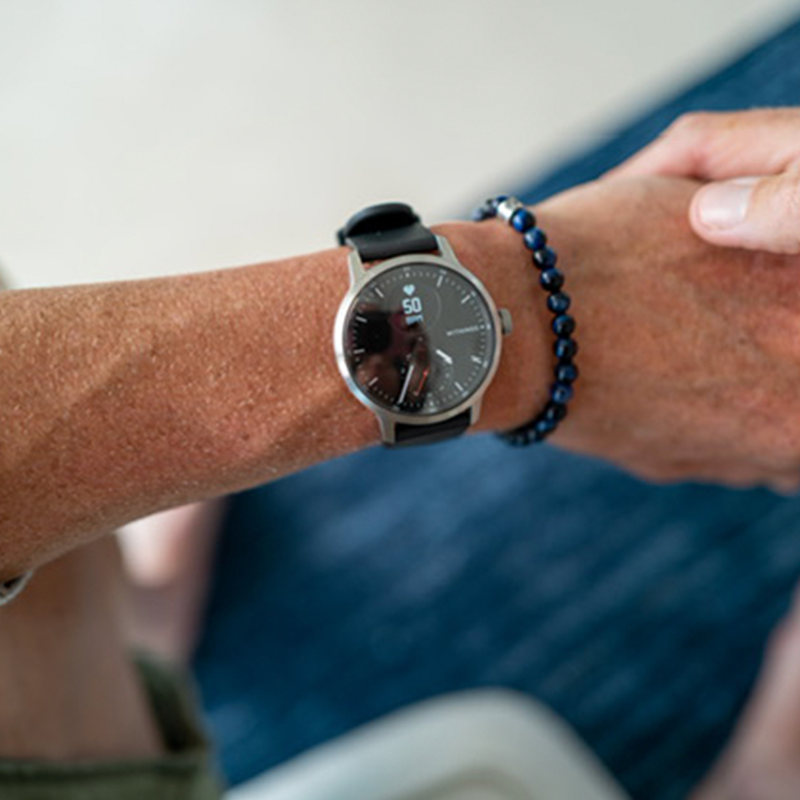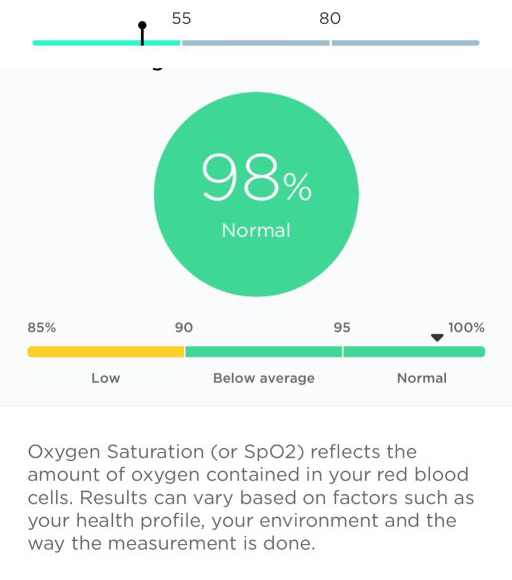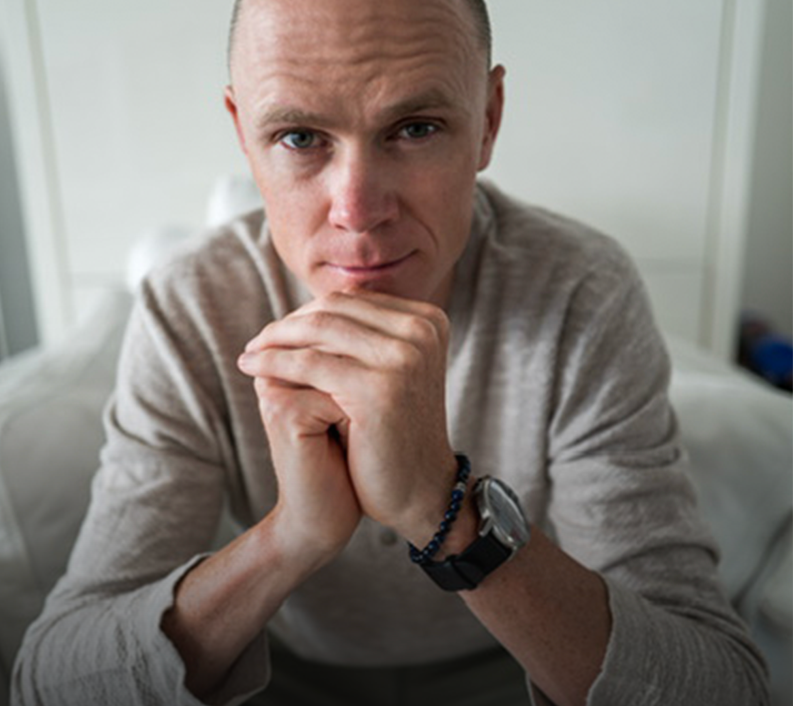
Tour de France champion Chris Froome is more than an intuitive cyclist. He logs and analyzes his cycling, sleep, and weight along with the assistance of trainers to develop data-driven plans to enhance performance and strengthen endurance. Read on to learn more about Chris’s journey with data and his views on how he thinks it could affect the future of cycling.
Chris Froome uses Withings devices, and first spoke to us about how he was preparing for the 2021 Tour de France and what kind of weight and sleep regimens he utilizes in order to stay in top shape. In this second installment, Chris dives into his interest in watching health technology develop along with the effects of increased access to data that he feels has benefited young cycling enthusiasts.
At what point in your career did you start using connected health devices like smart scales and watches?

I think, for me, I’ve always been really interested in tech over the years and into my gadgets, especially around cycling in the health side of things. Whether they’ve been new sleep, trackers, or bracelets, or whatever it is, I’ve always wanted to try new tech and get a feel for what’s on the market.
The more tech I’ve found over the years, the more information that I can share with the team and with my coach from a very personal perspective in terms of activities, sleep monitoring, etc. This helps us in terms of guiding future training and workloads and dealing with this fine line of how you want to push yourself. It only seems that in the last three years that the technology has really been reliable enough to be able to properly track a lot of those metrics.
Heart rate was previously the most difficult one. I always saw that jumping around a lot. You’ve got your HRV, the heart rate variability, which is a big component of something that you could see if it wasn’t really correct. Previously you would see a huge change in variability overnight even though nothing really changed between that day and the day before. So I think certainly, since using the ScanWatch, I’ve seen that heart rate looks a lot more constant and seems to be tracking in the right direction.
You’ve previously said that young riders are now enhancing their riding performances at incredible levels due to their access to data. What kind of data in particular do you think is leading to these advances?
I think the biggest measurements for younger riders is more about being able to mimic what a lot of professionals are doing training wise. A lot of pros are normally out there capturing their rides and uploading them to Strava, for example, and that’s open for everyone to see. So you’ve got this information that’s publicly available, including any power training data recorded by power meters, and coaches are using this data library to train young riders the way the pros do it. Consequently, you see riders at age 15 doing workouts that I only discovered and put into practice at 25. These 15 and 16 year olds are basically doing the same work that seasoned professionals do, and in five to six years, they turn professional and show depth you otherwise wouldn’t expect from, say, a 20 year old.
Enthusiasts have cited you as one of the cyclists at the forefront of harnessing knowledge about watts to improve performance and win titles. Do you see yourself as a data pioneer in cycling?

I think funnily enough, a lot of people have thought that I ride a race purely off my power meter, and that’s a sort of a little bit of a misunderstanding because when I ride, I just find this comfortable position where my neck feels in a neutral position when I look down, whereas I think a lot of people assumed I’ve always been looking at my power meter while racing. I mean, it happens to be down there where I’m looking, but it doesn’t mean that I’m necessarily racing according to that indicator. A race is a race at the end of the day. If one of your opponents goes up the road, it comes down to whether you can follow or not.
Having said that, I think my generation of riders, the guys who brought in the power meter into training, really brought around a massive change compared to the generation before which were racing based on feel and not paying too much attention to whatever numbers they were seeing on any of their units. So, I guess I’ve been part of a movement, if you like, but I wouldn’t call myself a pioneer of that.
Going forward

Whether or not Chris sees himself as a data pioneer, he is certainly a believer in data, especially with an investment in the power of cycling analytics via Hammerhead’s Karoo 2, a platform he credits as having gotten him back into cycling shape. Beyond his personal and professional investments in cycling and health data, Chris continues to push forward at the 2021 Tour de France, and the Withings team is excited to see how he does in this race and beyond.
Header photo of the 2021 Tour de France by Daniel Jolivet on Flickr


